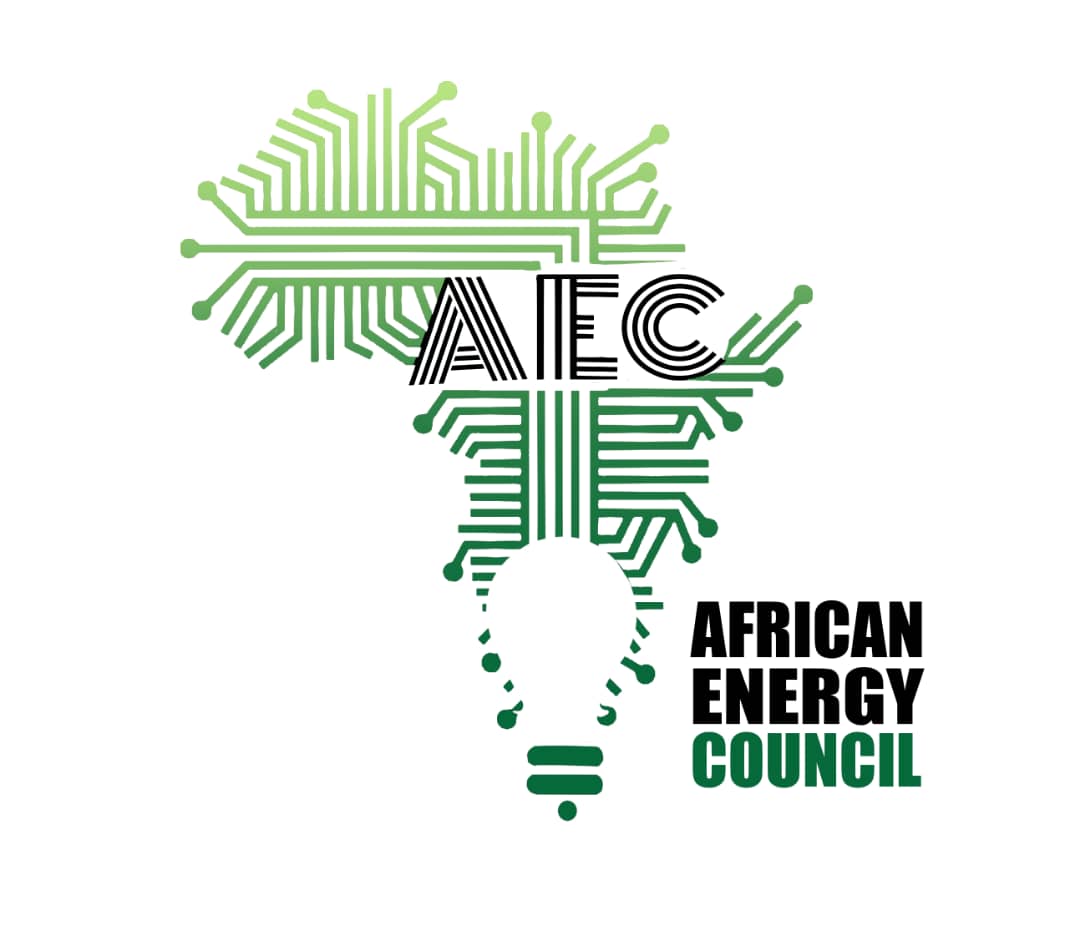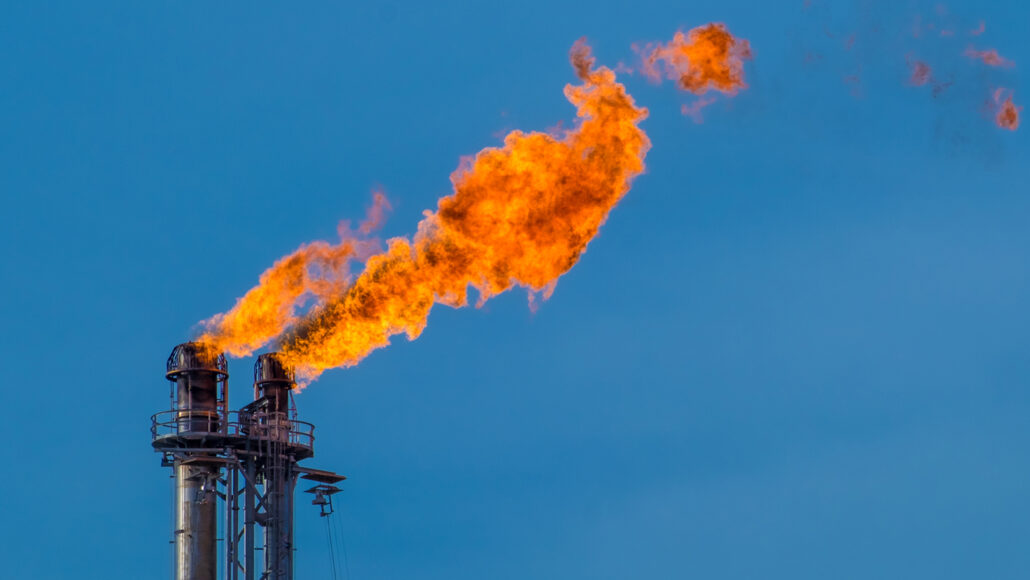There has been a scarcity of data on methane emissions from Africa’s offshore oil and gas sector for decades.
The International Methane Emissions Observatory of the United Nations Environment Programme (UNEP) is changing that with a new study that tracks how much methane is spilling from wells off the coasts of Angola and Gabon.
Methane is a powerful greenhouse gas with a global warming potential that is more than 80 times that of carbon dioxide in the 20 years following its release into the atmosphere. And the oil and gas industry is a significant emitter.
Methane can be released at various stages of production, including during exploration, extraction, transportation, and storage. It can also leak from equipment such as valves, pumps, and pipelines during the transportation and storage of natural gas.
Measuring methane with precision is considered key to reaching those targets. This is why, in 2021, UNEP launched the International Methane Emissions Observatory.
UNEP is leading the charge in promoting the Paris Agreement goal of limiting the increase in global temperature to far below 2°C and aiming for 1.5°C as a safe limit relative to pre-industrial levels. To achieve this, UNEP has created a six-sector approach to reduce emissions across sectors in accordance with the pledges made under the Paris Agreement and to achieve climate stability. Energy, industry, agriculture and food, forests and land use, transportation, and structures and cities are the six sectors.

